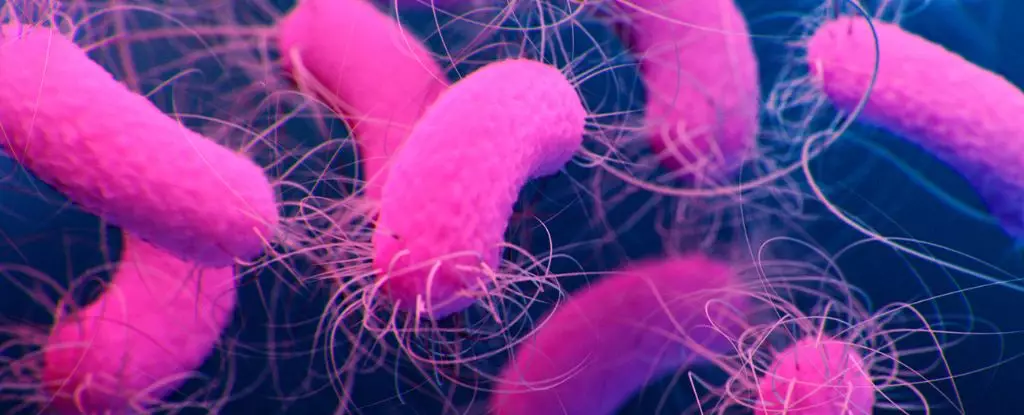The discovery of antibiotics in 1928 marked a significant turning point in human history. Infectious diseases that were once deadly became treatable, and surgical procedures became safer. However, the overuse of antibiotics has led to the rise of superbugs that are resistant to these drugs, posing a threat to global public health. Scientists are now exploring new ways to combat antibiotic resistance and develop innovative solutions.
Exploring Nonantibiotic Drugs
Recent studies have revealed that nonantibiotic drugs, such as those used to treat cancer, diabetes, and depression, may have antibacterial properties. These drugs can kill bacteria at doses prescribed for human use, opening up new possibilities for combating antibiotic resistance. Understanding how nonantibiotics target bacteria can provide valuable insights for developing new antibiotics.
In a recent study, researchers developed a new machine learning method to identify how nonantibiotics kill bacteria and discover new bacterial targets for antibiotics. By analyzing millions of instances of toxicity between drugs and mutant bacteria, researchers were able to group drugs based on their mechanisms of action. This approach revealed that nonantibiotic drugs have different ways of killing bacteria compared to traditional antibiotics.
Through genetic screening and sequencing, researchers were able to identify specific bacterial proteins targeted by nonantibiotic drugs. For example, triclabendazole, a drug used to treat parasite infections, was found to target a bacterial protein that is not typically targeted by current antibiotics. This discovery demonstrates the potential for nonantibiotic drugs to serve as leads in developing new antibiotics with unique mechanisms of action.
The combination of genetic screening and machine learning represents a promising approach to uncovering new antibiotics. By identifying drugs with novel killing mechanisms, researchers can overcome the challenge of antibiotic resistance and develop new strategies for fighting bacterial infections. There are still untapped opportunities for discovering new ways to kill bacteria and address the growing threat of antibiotic resistance.
The evolution of antibiotics and the fight against superbugs require innovative approaches to combat antibiotic resistance. Nonantibiotic drugs may hold the key to developing new antibiotics with unique mechanisms of action, providing hope for the future of treating bacterial infections. By leveraging the power of machine learning and genetic screening, researchers can uncover new drug targets and pave the way for a new era of antibiotic development.

Leave a Reply